Disclosure: This article contains affiliate links. We may earn a commission from purchases at no extra cost to you, which helps our travel content.
Standing at the precipice of Smith Rock State Park, watching golden light cascade across volcanic formations, I'm reminded why Bend has become my regular pilgrimage site. This high desert town isn't just Oregon's adventure capital—it's a masterclass in how thoughtful development can complement rather than compete with natural landscapes. As someone who's documented sustainable design across five continents, I find Bend's position as gateway to the Cascade Mountains uniquely compelling: a human-scale town offering access to some of North America's most dramatic alpine environments, all while pioneering green building practices that other mountain communities would do well to study.
Bend: The Perfect Sustainable Basecamp
What struck me immediately about Bend wasn't just its proximity to wilderness, but how the community has embraced sustainable building practices that complement rather than compete with the surrounding landscape. Unlike many mountain towns that sprawl haphazardly, Bend has largely maintained its walkable core while expanding thoughtfully outward.
The Old Mill District exemplifies this approach—a former lumber mill reimagined as a riverside shopping and dining area that honors the industrial heritage while incorporating modern green building standards. My accommodations at the Oxford Hotel downtown provided an excellent example of eco-luxury, with its LEED Silver certification and commitment to energy efficiency without sacrificing comfort.
For those preferring a more immersive experience, consider the sustainable tiny homes at The Nest. These architectural gems maximize space efficiency while minimizing environmental impact—precisely the kind of forward-thinking accommodation that aligns with the ethos of mindful exploration I advocate for. During cooler evenings, I found myself reaching for my merino wool base layer, which proved essential for Bend's significant day-to-night temperature fluctuations.

💡 Pro Tips
- Stay within walking distance of downtown to minimize driving needs
- Support businesses displaying the Bend Sustainability Initiative logo
- Consider renting an electric vehicle from Enviro-Ride for excursions
Three Sisters Wilderness: Alpine Architecture
The Three Sisters Wilderness represents, to my mind, one of the finest examples of volcanic architecture on the continent. These massive stratovolcanoes—North, Middle, and South Sister—rise dramatically from the Cascade crest, each telling a different geological story through their forms. As a producer who once documented post-conflict architectural restoration, I find myself drawn to these mountains precisely because they represent nature's own rebuilding process after cataclysmic eruptions.
The Green Lakes Trail provides the quintessential introduction to this landscape. The 8.4-mile out-and-back route follows Fall Creek through old-growth forests before opening to a basin nestled between South Sister and Broken Top. What makes this trail particularly fascinating is the visible progression of ecological succession—from pioneer species colonizing newer lava flows to established forest communities on older substrates.
During my trek, I relied heavily on my trekking poles, which proved invaluable on both the ascent and descent, particularly when navigating the occasional loose scree. For capturing the dramatic scale of these peaks, I found myself frequently switching to my wide-angle lens, though the constantly shifting alpine light demanded careful exposure compensation.
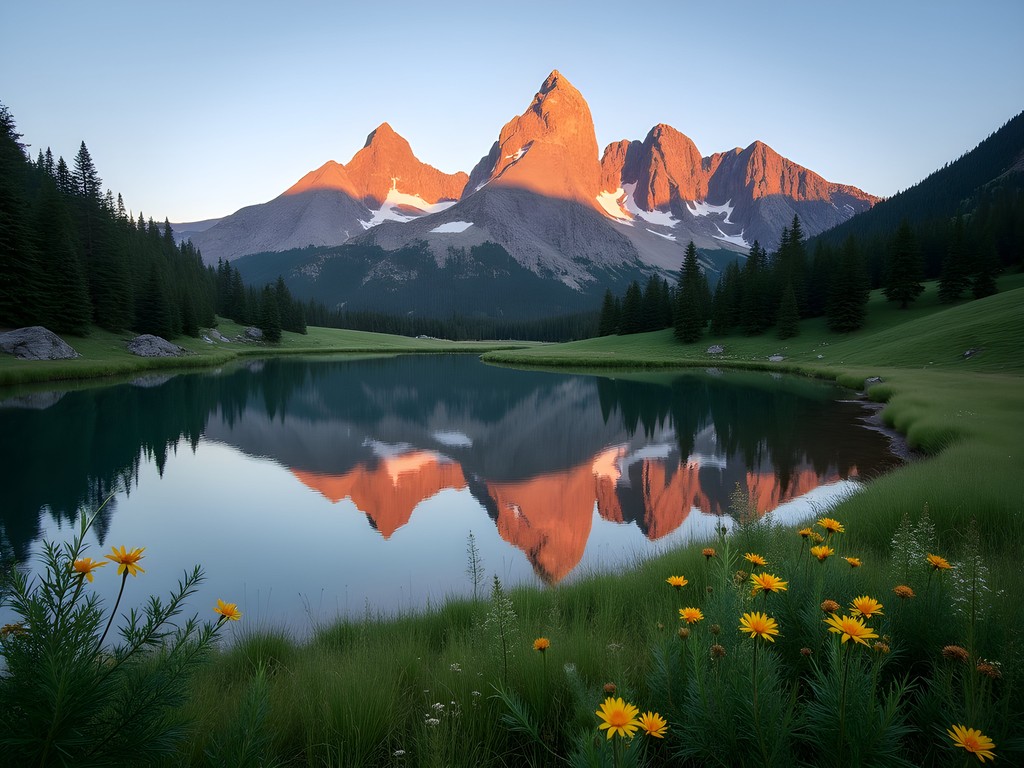
💡 Pro Tips
- Start early (before 8am) to secure parking at Green Lakes trailhead
- Bring a topographical map as trail junctions can be confusing
- Pack microspikes if hiking before July as snow patches often remain
Newberry Volcanic National Monument: Earth's Engineering
If the Three Sisters represent alpine majesty, Newberry Volcano offers something entirely different: a masterclass in geological engineering. This massive shield volcano contains within its 1,200 square mile footprint nearly every type of volcanic feature known to exist—a designer's portfolio of nature's most powerful forces.
The Lava Cast Forest Trail particularly captivated my producer's eye. Walking among tree molds—hollow tubes formed when lava cooled around living trees that subsequently burned away—felt like exploring the negative space in a sculptor's studio. These perfect cylinders, some still bearing the imprint of bark, demonstrate how destruction and creation often occupy the same moment in volcanic landscapes.
For those interested in the intersection of human and geological engineering, the Lava River Cave provides a fascinating study. This mile-long lava tube formed when the exterior of a lava flow cooled while the interior continued flowing, eventually draining to leave behind a perfectly formed tunnel. The consistent 42°F temperature inside the cave required my insulated jacket, which packed down small in my daypack when not needed.
I found my headlamp absolutely essential for exploring the cave's darkest recesses, where the absence of artificial lighting allows visitors to experience the complete darkness that shaped this underground environment.

💡 Pro Tips
- Rent lanterns at the Lava River Cave entrance if you forget headlamps
- Visit Paulina Peak for the most comprehensive view of the caldera structure
- Wear sturdy footwear with ankle support for the uneven lava fields
Smith Rock State Park: Nature's Cathedral
While technically not part of the Cascades proper, Smith Rock State Park represents such a dramatic counterpoint to the region's volcanic peaks that any comprehensive hiking guide would be remiss to exclude it. Just 30 minutes north of Bend, these towering tuff and basalt spires rise 600 feet above the Crooked River, creating what rock climbers reverently call America's sport climbing mecca.
As someone fascinated by how humans interact with dramatic landscapes, I found the Misery Ridge Trail particularly compelling. This challenging 3.8-mile loop ascends steeply via switchbacks before traversing the park's highest point, offering panoramic views that contextualize Smith Rock within the broader Cascade landscape. From this vantage, the snow-capped volcanic peaks to the west stand in stark contrast to the high desert extending eastward—a perfect illustration of Oregon's remarkable ecological diversity.
The park's welded tuff formations—created when volcanic ash was compressed and heated into solid rock—demonstrate nature's own sustainable building techniques. These structures have withstood millennia of weathering while maintaining their dramatic forms. For photographers, the golden hour light here transforms the already-orange rock faces into luminous cathedrals of stone.
During my visit in July, temperatures soared above 32°C (90°F), making my cooling neck gaiter an unexpected essential. Equally important was my water filtration system which allowed me to refill from the Crooked River when my initial supply ran low—a reminder that even short desert hikes demand serious hydration planning.
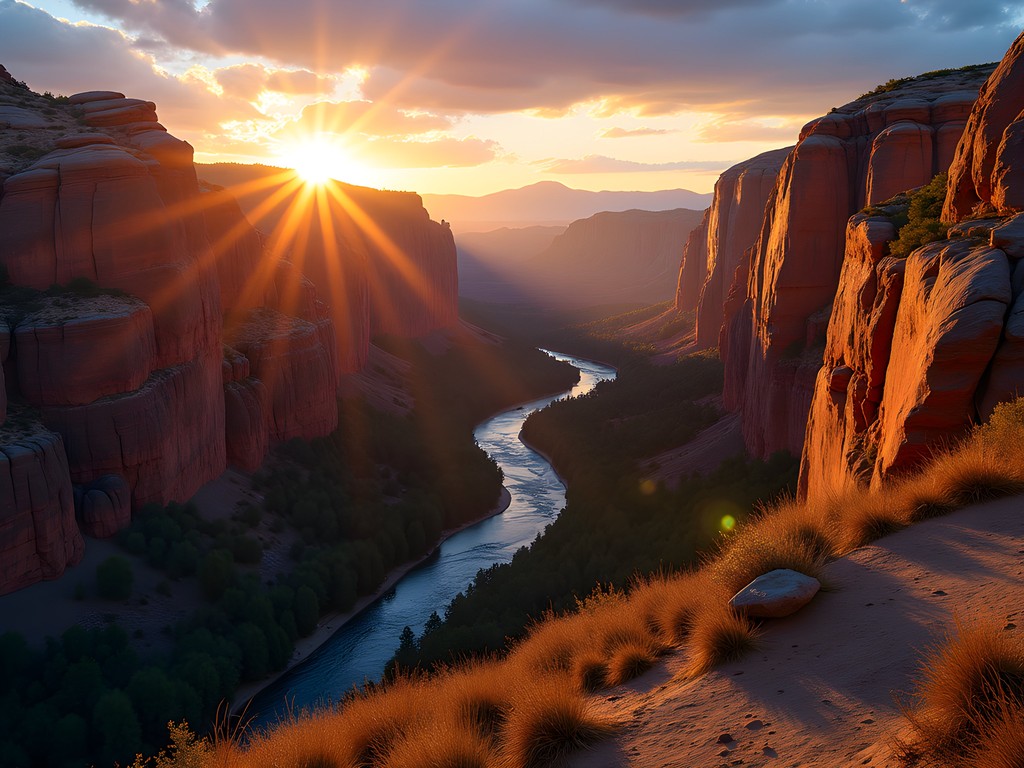
💡 Pro Tips
- Hike Misery Ridge counter-clockwise to tackle the steepest section first
- Bring at least 3 liters of water per person during summer months
- Visit weekdays to avoid crowds of climbers and photographers
Sustainable Hiking Practices in Fragile Ecosystems
As someone who's documented sustainable design worldwide, I'm particularly attuned to how recreational pressure impacts these fragile Cascade environments. The volcanic soils and short growing seasons at higher elevations mean damage from off-trail hiking can persist for decades—an architectural scar that no thoughtful visitor would wish to leave.
Bend's proximity to these wilderness areas creates both opportunity and responsibility. The Central Oregon region has pioneered several innovative approaches to sustainable recreation that deserve recognition. The Deschutes Collaborative Forest Project, for instance, has worked to restore fire-adapted ecosystems while maintaining recreational access—a model other regions could emulate.
For visitors, practicing Leave No Trace principles takes on added importance in these sensitive volcanic landscapes. Beyond the standard pack-it-in, pack-it-out ethos, I've found a collapsible water container invaluable for collecting and carrying water from established sources rather than sensitive alpine lakes. Similarly, a portable waste bag ensures human waste doesn't contaminate fragile alpine watersheds when facilities aren't available.
Perhaps most importantly, staying on established trails isn't merely a suggestion here—it's an ecological imperative. The black crust visible on desert soils is actually cryptobiotic soil, a living community of cyanobacteria, lichens and mosses that prevents erosion and enables plant life. A single footprint can destroy decades of growth.

💡 Pro Tips
- Use established campsites at least 200 feet from lakes and streams
- Carry out all waste including biodegradable items like fruit peels
- Consider visiting popular areas midweek to reduce crowding impact
Final Thoughts
As I pack away my gear and prepare to leave Bend, I'm struck by how this region exemplifies what thoughtful interaction between humans and landscape can achieve. From the town's commitment to sustainable development to the carefully maintained trail systems that provide access without overwhelming these fragile environments, Central Oregon offers a template for how we might balance our desire to experience wild places with our responsibility to preserve them.
The Cascade Mountains rising beyond Bend aren't simply recreational assets—they're living laboratories where visitors can witness geological and ecological processes that shaped our planet. Whether you're drawn to the alpine architecture of the Three Sisters, the engineering marvels of Newberry's lava tubes, or the natural sculpture garden of Smith Rock, these landscapes reward the observant traveler with insights that extend far beyond mere scenery.
As you plan your own Cascade adventure from Bend, I encourage you to approach these mountains not just as conquests to be achieved, but as teachers offering lessons in resilience, adaptation, and the profound timescales of natural design. In doing so, you'll find yourself returning home with something far more valuable than photographs—a deeper understanding of how even the most dramatic landscapes are, at their core, delicate systems deserving of our utmost care.
✨ Key Takeaways
- Bend offers sustainable accommodations that complement rather than compete with the natural environment
- The region's volcanic features tell a complex geological story spanning millions of years
- Fragile alpine ecosystems require visitors to practice stringent Leave No Trace principles
- Shoulder seasons (late June and September) offer ideal hiking conditions with fewer crowds
- Supporting local conservation initiatives helps ensure these landscapes remain pristine for future generations
📋 Practical Information
Best Time to Visit
Late June through September, with July-August offering most reliable weather
Budget Estimate
$150-250 per day including accommodations, food, and transportation
Recommended Duration
5-7 days minimum to explore major hiking areas
Difficulty Level
Moderate To Challenging Depending On Elevation Gain

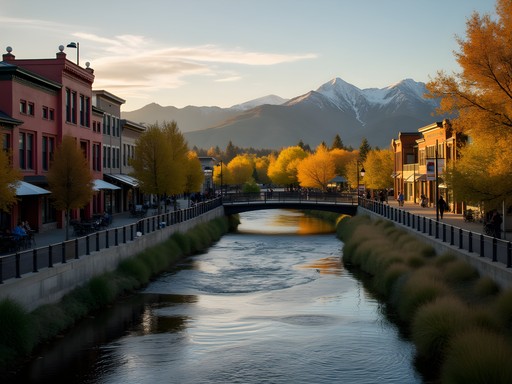

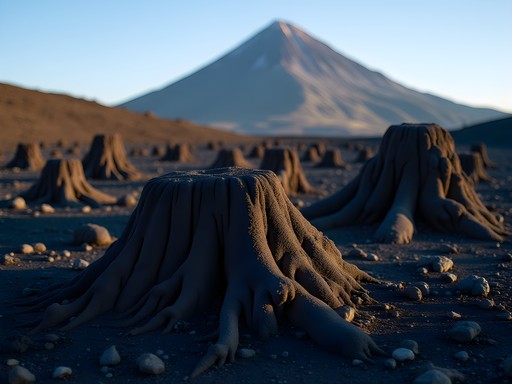
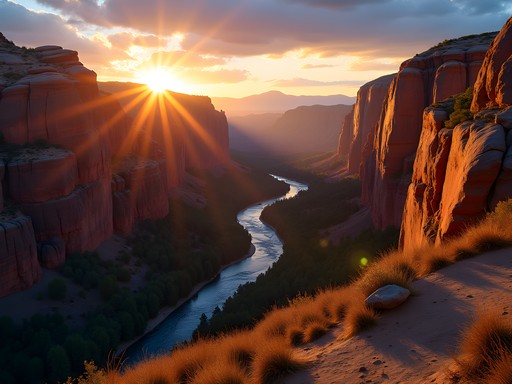
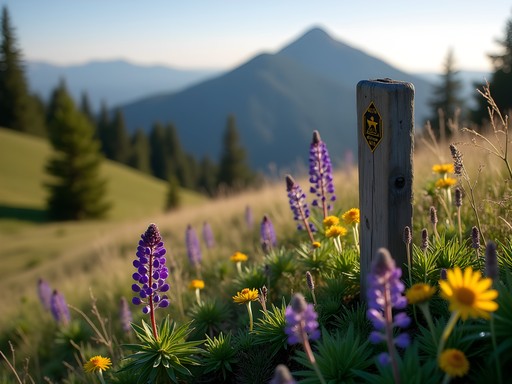




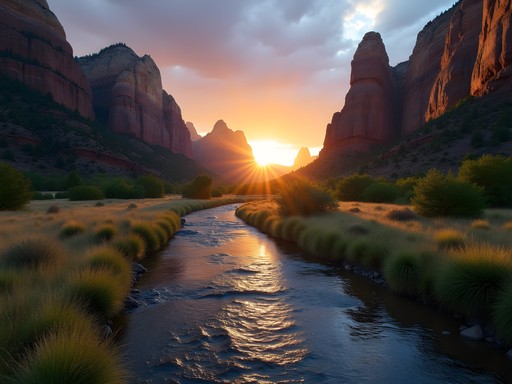
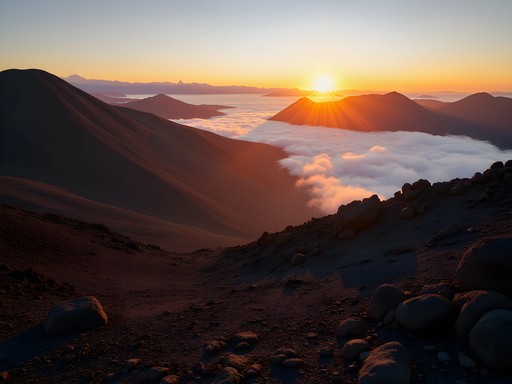




Comments
trailseeker42
Just got back from Newberry - those obsidian flows are otherworldly! Great write-up.
coffeenomad
Planning a trip for late September - are the trails still accessible then or is there early snow? Also wondering about camping options near Smith Rock if anyone has recommendations?
Blake Murray
Late September is actually one of my favorite times! The crowds thin out and the weather is typically still good. Higher elevations might get occasional dustings of snow, but trails usually remain clear until mid-October. For Smith Rock camping, check out the bivouac area at the park (basic but convenient) or Skull Hollow Campground about 8 miles away for more space. Just bring layers - desert temperature swings are no joke!
coffeenomad
Thanks Blake! That's super helpful. Any specific gear you'd recommend for the temperature changes?
Blake Murray
Definitely bring a good insulated jacket - mornings can drop near freezing even when days are warm. I use my down hoodie constantly in the Cascades. Also, don't underestimate sun protection - the high elevation UV is intense even in autumn!
Frank Garcia
Excellent guide, Blake! I completed several of these hikes last summer during my Pacific Northwest tour. The Green Lakes Trail was particularly impressive - the contrast between the volcanic landscape and alpine meadows is unlike anything I've seen elsewhere. For anyone planning a visit, I'd add that the shuttle system from Bend to the trailheads is remarkably efficient, though it gets crowded on summer weekends. One thing to note is the elevation - I found myself needing an extra day to acclimate before tackling South Sister (coming from sea level). The obsidian fields at Newberry are also worth spending extra time exploring, but remember permits are required during peak season. Blake's sustainability focus is spot-on - the area has seen increased foot traffic, and respecting trail guidelines is crucial for preservation.
sunnyseeker
Those Three Sisters views are absolutely breathtaking! Been on my bucket list forever.
Frank Garcia
Definitely worth prioritizing! I did the loop last summer and the glacial lakes were stunning. Blake's description is spot on.
sunnyseeker
Thanks Frank! Any specific time of year you'd recommend?
Frank Garcia
Late August to mid-September is optimal - snow's mostly melted and wildflowers are still blooming. Just be prepared for afternoon thunderstorms!
redperson7618
Is late September still a good time to visit or will it be too cold for hiking?
dreamnomad
Not Blake but I went in late September last year and it was perfect! Cooler temps (around 65-70°F days) but super clear skies. The higher elevations get chilly at night though, so pack layers!
Blake Murray
Exactly what dreamnomad said! September is actually one of my favorite times there - fewer crowds, beautiful fall colors starting, and perfect hiking temperatures. Just be prepared for temperature swings between day and night.
islandchamp
Just booked my flights to Oregon for September after reading this!! Can't wait to explore Bend for the first time! Any recommendations for a first-timer who's only moderately fit?
exploreexplorer
Pilot Butte is perfect for moderate fitness - amazing views of the whole area and not too challenging!
oceanpro
These photos are STUNNING! Adding Bend to my bucket list immediately.
tripclimber
OMG THANK YOU for mentioning the less crowded trails at Three Sisters!!! Went last weekend based on your recommendations and had the most AMAZING experience! The wildflowers were still blooming and we had the trail almost entirely to ourselves. Your tip about starting before 8am was spot on!
Blake Murray
So happy to hear that! Early starts are definitely the secret weapon out there. Did you make it to the viewpoint I mentioned?
tripclimber
YES! That viewpoint was the highlight of our trip - we had coffee there and watched the sunrise hit the mountains. Pure magic!
escapegal2687
Those sunset photos from Smith Rock are INCREDIBLE! Added to my bucket list!
skymate
How difficult would you rate the trails at Newberry? Planning to take my kids (10 and 12) there next month. Are there any family-friendly routes you'd recommend?
Blake Murray
Newberry has great options for kids! The Big Obsidian Flow trail is only about 1 mile and has interpretive signs they'll love. The Paulina Falls trail is even shorter (1/4 mile) with a big payoff. Both are relatively flat and well-maintained. The Paulina Lake Loop is longer (7.5 miles) but fairly gentle if they're up for more of a challenge!
skymate
Perfect, thanks! The Obsidian Flow sounds perfect - they're obsessed with 'volcano stuff' right now.
Venture X
Premium card with 2X miles, $300 travel credit, Priority Pass